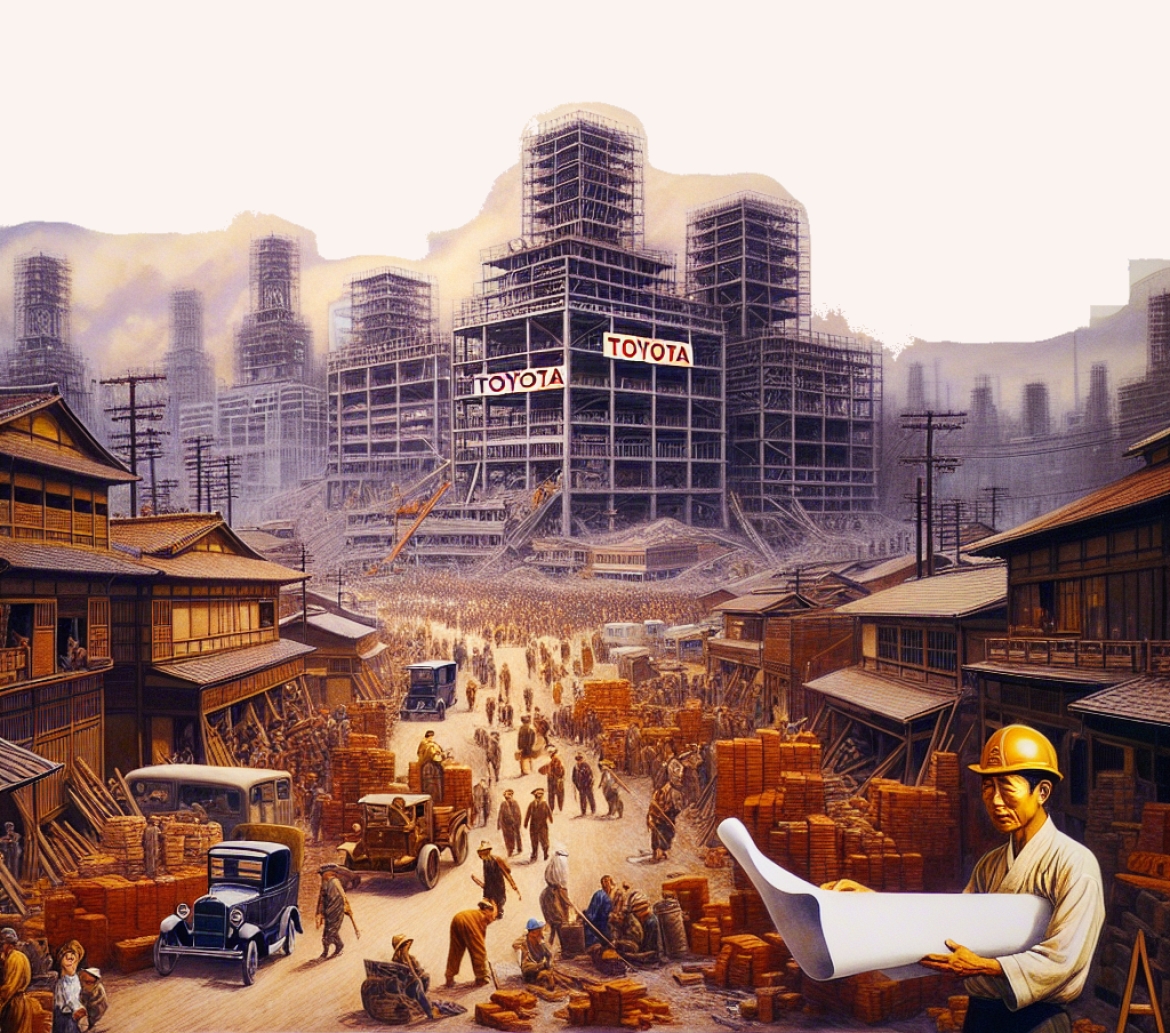The Roots of Necessity
In the years immediately following World War II, Japan was in a period of reconstruction. Resources were scarce, and Japanese companies had to compete with large Western industries with significantly limited means. In this context, Toyota was a small company compared to the American giants.
The protagonist of our story is Taiichi Ohno, a visionary engineer determined to transform Toyota into an industrial giant. Ohno realized that the mass production model adopted in the United States was not sustainable in the Japanese context. He needed to think differently, something that would optimize every available resource.
The Journey to the West
Ohno undertook a journey to the United States to study the production techniques of large car manufacturers. During his travels, he had the opportunity to visit not only factories but also supermarkets. It was a warm day in the early 1950s when Taiichi Ohno, an engineer from Toyota on a study trip in the United States, visited a supermarket in Detroit for the first time. As he wandered through the aisles, he observed something remarkably innovative: the supermarket shelves were always stocked efficiently—not too full, yet never too empty to deter customers.
Ohno noticed how the store managers were able to monitor inventory in real-time, quickly restocking products that were running low. The speed and efficiency with which the employees worked fascinated the Japanese engineer.
Standing in the bread aisle, he watched as a customer picked up a loaf, and almost immediately, a store employee refilled the empty spot. This seamless flow, without service interruptions or excessive stock, sparked an idea in Ohno's mind.
He thought, "What if we could apply this efficient restocking system to automotive production?" It was in that moment the concept of "just-in-time" began to take shape in his thoughts. He envisioned a factory where materials and components were delivered precisely when needed in the production process, eliminating waste and improving efficiency.
This concept would become central to his vision of lean production.
The Birth of the Toyota System
Upon returning to Japan, Ohno began experimenting with Toyota's production lines. He implemented radical changes: the just-in-time system, small batch production, waste reduction, and the active involvement of workers in identifying problems and proposing improvements. Thus, the Toyota Production System was born.
With the help of other brilliant minds like Shigeo Shingo and Eiji Toyoda, Ohno developed a system that prioritized flexibility and efficiency. Every part of the production chain had to be optimized, from inventory management to labor usage, to the final product quality.
Success and International Impact
By 1984, after years of success in Japan, the Toyota System began to gain global attention. The publication of "The Machine That Changed the World" in the early 1990s, based on research from the Massachusetts Institute of Technology (MIT), highlighted Lean Manufacturing and how Toyota could produce high-quality cars at lower costs than its competitors.







